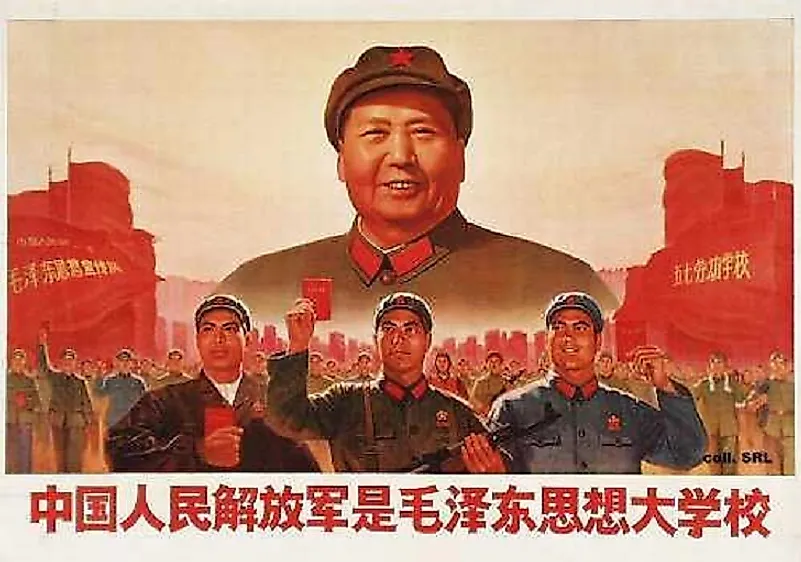What Was The Cultural Revolution In China?

China is a country located in the eastern region of Asia, and is the most populous country in the world with a current population of around 1.381 billion people. Its capital is at Beijing, while Shanghai is the largest city in the country. Standard Chinese is the official language, and Mongolian is a recognized regional language. The country has 55 ethnic groups, but the Han are the dominant group making up 91.51% of the total population. The state has unitary social governance led by the communist party of China. The history of the country is rich and dates back to the age of dynasties. In this article, we will discuss the Cultural Revolution that took place in China from 1966 until 1976.
What was the Cultural Revolution in China?
The Cultural Revolution in China is formally referred to as the Great Proletarian Cultural Revolution. Mao Zedong who was then the chairman of the Communist Party of China set the movement into motion. The primary goal was to preserve the true communist ideology by clearing the remnants of capitalists from the Chinese society.
Background of the Revolution
In 1958, Mao called for grassroots socialist initiatives to accelerate his plans for turning China into a modern industrialized state. He mobilized people into collectives and assigned most of the collectives to produce steel. This plan was a total failure since the farmers could only produce low-quality steel uneducated farmers produced very low-quality steel. There was absolute food shortage with famine causing deaths of millions of people. This technique reduced the prestige of Mao in the party and started devising methods to redeem his name. In 1966, Mao alleged that some elements had infiltrated the Chinese government with the aim of returning the country back to capitalism. He insisted that the revisionists had to be purged via violent class struggle. The Chinese youth responded by forming the Red Guard groups around the country. The Red Guard has been defined as a fanatical student mass paramilitary social movement which started at the Tsinghua University Middle School. The movement later spread to the army, urban workers, and the Communist party leadership and led to the persecution of millions of people including some senior government officials.
Key figures and Notable Events in the Cultural Revolution
The revolution started on May 16 when the communist party of China announced the commencement of the great proletarian revolution in an official state issue of propaganda. One week later, a large character poster was erected at the Beijing University to promote it. It denounced the school leaders and this sparked violence in the school which later spread to other universities and secondary schools. The Red Guard, on the other hand, spurned classes to join the revolution vowing to die fighting for their chair, Mao. Mao supported the Red Guards in his speech to the Congress of the CCP. In August, he received around 11 million members of the Red Guards from across the country in Tiananmen Square. The state president, Liu Shaoqi was later denounced and then stripped off his duties in July and was later expelled from the party in October of 1968 with his expulsion being ratified by the party later in 1969. He was branded a traitor, renegade, and a scab. Liu later died in Kaifeng, but his death was not immediately communicated. Deng Xiapeng was named the vice premier in 1973 and the premier Xhou Elai died in 1974 and was succeeded by Hua Guofeng. In April of 1974, a crowd of around two million people assembled gathered outside the Tiananmen Square to demonstrate against the gang of four. Mao died in September the same year and is alleged to have left a note indicating that he had entrusted Hua with the leadership of the country. Hua took over power and later ordered the arrest of the Gang of Four, and this marked the end of the Cultural Revolution.
Outcomes and Legacy
The revolution hurt the Chinese economy severely. Chinese traditional arts and ideas were ignored with praises for Mao taking center stage. The law was flatly ignored with the authority of the Red Guards surpassing that of the local authority, police, and the military. There was massive destruction of both private and public property, and a huge number of Chinese people died. There was also tremendous damage to the historical sites, artifacts, and archives as they were thought to be the root of the old way of thinking.











